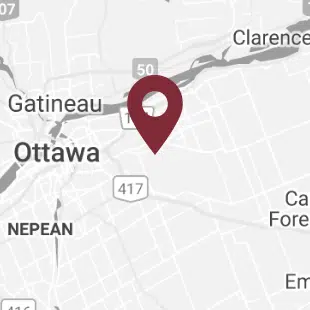Applications are now open through the Canada Revenue Agency for CERS, which has replaced the previous Canada Emergency Commercial Rent Assistance program. The new CERS program provides up to 65% rent support to eligible charities, businesses and non-profit organizations.
To be eligible for CERS, organizations must:
- Meet one of the following conditions: (i) have a payroll account as of March 15, 2020 (or have been using a payroll service provider); or (ii) have a CRA business number as of September 27, 2020; or (iii) have purchased the business assets of an entity that has a payroll account as of March 15, 2020 or has been using a service provider, and has made an election under the special asset acquisition rules;
- Be an eligible business, charity or not-for-profit. This includes an individual, taxable corporation or trust, certain tax-exempt organizations, partnerships that are at least 50% owned by eligible employers, registered charities and certain prescribed organizations. Public organizations such as municipalities and local governments, Crown corporations, public universities, colleges and schools, and hospitals are not eligible for CERS;
- Have experienced a drop in revenue. Organizations that have experienced a drop in revenue of 70% or higher, may be eligible for a 65% subsidy, while organizations that have seen declines below 70% will be eligible for subsidies in varying amounts based on a formula. The Canadian government will also provide an additional 25% subsidy, referred to as the “Lockdown Support” to eligible businesses that are required to close or restrict their business under a national, provincial or municipal public health order.
| Revenue Decline | Base subsidy rate | Lockdown Support |
| 70% and over | 65% | 25% |
| 50% to 69% | 40% + (revenue drop – 50%) x 1.25 (e.g., 40% + (60% revenue drop – 50%) x 1.25 = 52.5% subsidy rate) |
25% |
| 1% to 49% | Revenue drop x 0.8 (e.g., 25% revenue drop x 0.8 = 20% subsidy rate) |
25% |
- Have a qualifying property with eligible expenses. A qualifying property is one that is owned or rented and used in the ordinary course of business. Residences of the applicant or properties that are primarily used for rental income from arm’s-length parties do not qualify. Eligible expenses are those paid or payable to an arm’s-length entity under written agreements entered into before October 9, 2020 (and any extension or assignment of those agreements) with respect to the applicable qualifying period, such as commercial rent, property taxes (including school and municipal taxes, property insurance and interest on commercial mortgages. Eligible expenses for each qualifying period are limited to $75,000 per qualifying property and $300,000 for each eligible organization and any of its affiliated entities. Eligible expenses for “Lockdown Support” are capped at $75,000 per location with no overall cap.
The current and future CERS claim periods in place are as follows:
- Period 12: January 17, 2021 – February 13, 2021;
- Period 13: February 14, 2021 – March 13, 2021; and
- a prescribed period that ends no later than June 30, 2021.
Unlike under the Canada Emergency Commercial Rent Assistance program under which commercial landlords were required to apply for assistance on behalf of their tenants, under the CERS program, tenants themselves may apply.
Applicants may apply for CERS here and must include the CERS Attestation Form with their applications. For questions pertaining to CERS, contact the CRA’s business enquiries line at 1-800-959-5525.
This blog post was written by Jade Renaud, a member of the Business Law team. Jade can be reached at 613-369-0373 or at jade.renaud@mannlawyers.com.







